What is fiber?
What is chemical fiber?
What is superfine fiber?
Do you know?
Fiber: refers to the continuous or discontinuous filaments composed of material.
Chemical fiber: is a natural polymer compounds or synthetic polymer compounds as raw materials obtained with the textile properties of fibers. In general, the polymer compound can be made into a solution or a melt, extruded from the spinneret pores, and then coagulated to form chemical fibers.
Microfiber: Is a special, high-tech chemical fiber, the general denier in 0.3 denier (5 microns in diameter) below.
In recent years, foreign countries have made ultrafine filaments of 0.00009 denier. If such a filament is pulled from the earth to the moon, its weight will not exceed 5 grams. China has been able to produce 0.13-0.3 denier microfiber.
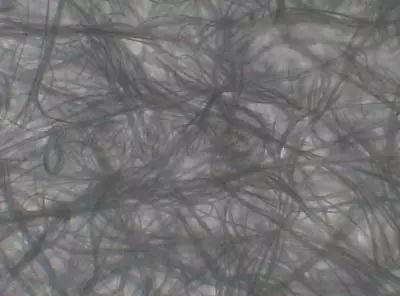
1, the composition and classification of microfiber
The main components of microfiber polyester polyester, nylon polyemide two kinds of composition (domestic general polyester 80%, nylon 20%, as well as 100% polyester (poor water absorption, feel poor).
Microfiber types: split sheet and island type.
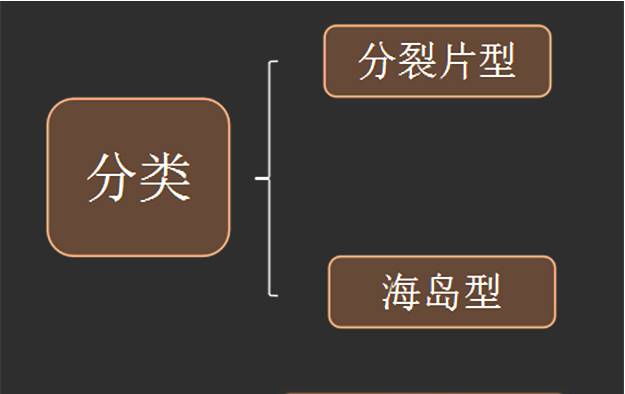
2, the production of microfiber
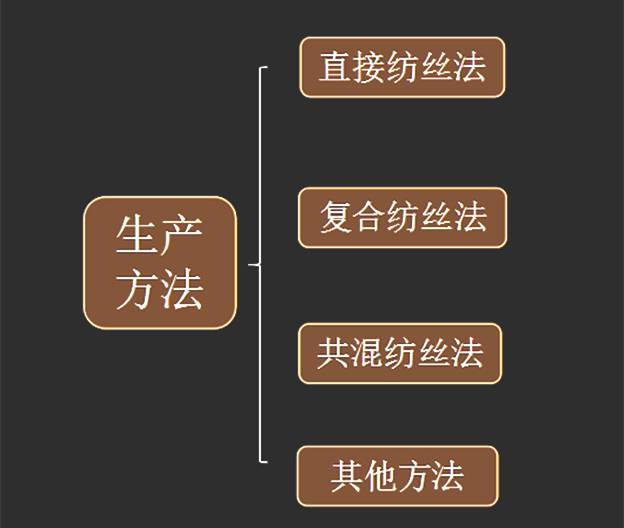
(1) direct spinning method
By optimizing the spinning process to improve the traditional spinning method, it is necessary to appropriately reduce the viscosity of the polymer during melt spinning to improve the melt purity and reduce the ambient temperature below the spinneret to accelerate the cooling and improve the uniformity of cooling and blowing .
(2) composite spinning method
Composite spinning method can be divided into mechanical (or chemical) stripping method and dissolution (or hydrolysis) stripping method, the former is split-type microfiber, which is widely used in the current market island-based microfiber, The biggest difference is that the former after stripping the two components are retained in the fiber, while the latter after stripping the fibers retain only the island component.
(3) blended spinning method
The method utilizes non-compatible polymer system to blend and spin yarn. Because the two component ratio has a certain relationship with the viscosity ratio of the melt, one component can form dispersed phase and the other component can form continuous phase .
(4) other methods
Such as centrifugal spinning method, turbulence forming method, outbreak method, fibrillation method, surface lysis reduction method. (1) direct spinning method
By optimizing the spinning process to improve the traditional spinning method, it is necessary to appropriately reduce the viscosity of the polymer during melt spinning to improve the melt purity and reduce the ambient temperature below the spinneret to accelerate the cooling and improve the uniformity of cooling and blowing .
(2) composite spinning method
Composite spinning method can be divided into mechanical (or chemical) stripping method and dissolution (or hydrolysis) stripping method, the former is split-type microfiber, which is widely used in the current market island-based microfiber, The biggest difference is that the former after stripping the two components are retained in the fiber, while the latter after stripping the fibers retain only the island component.
(3) blended spinning method
The method utilizes non-compatible polymer system to blend and spin yarn. Because the two component ratio has a certain relationship with the viscosity ratio of the melt, one component can form dispersed phase and the other component can form continuous phase .
(4) other methods
Such as centrifugal spinning method, turbulence forming method, outbreak method, fibrillation method, surface lysis reduction method.
3, the main features of microfiber textiles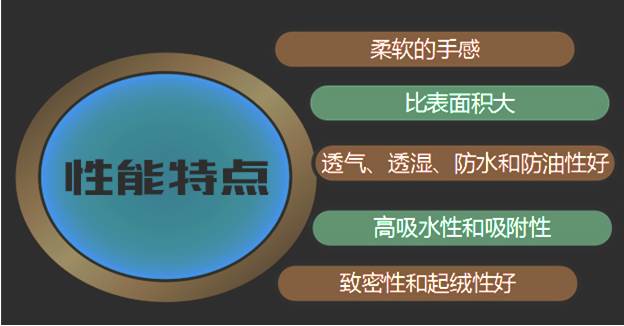
High water absorption:
Orange petal microfiber, the fiber surface area increases, the fabric pores increased, with the help of capillary wicking effect to enhance water absorption. Fast water absorption and rapid drying become its salient features.
Strong detergency:
Microfibers with a diameter of 0.4μm are only 1/10 of the fineness of the silk. Its special cross-section can more effectively capture dust particles as small as a few microns. The effect of decontamination and oil removal is very obvious.
Not hair removal:
High-strength synthetic filament, not easy to break, at the same time using fine weaving method, not spinning, not ring, the fiber is not easy to fall off from the towel surface. Use it as a wipe clean towel, wipe the towel especially suitable for wiping bright paint surface, plating surface, glass, instruments and LCD screen, etc., in the automotive film cleaning process to do the glass, can achieve very good film effect.
4, the application of microfiber
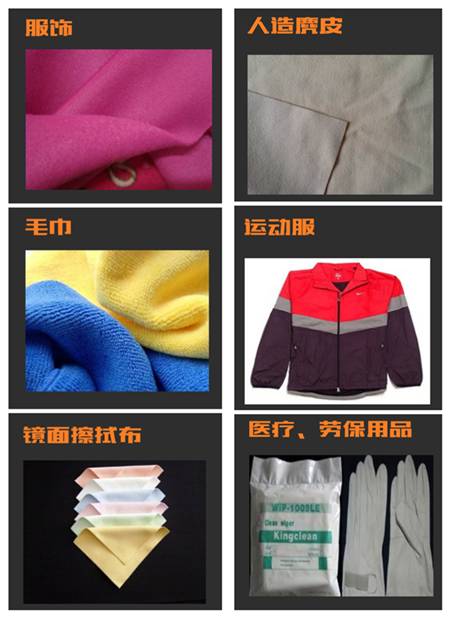
Important applications:
Microfiber synthetic leather is a new high-grade artificial leather made of very fine fibers. It can be used in various fields such as shoes, luggage, furniture, car interiors, etc., and has the characteristics of leather as well as the superior index . Polyurethane synthetic leather based on the three-dimensional network of microfiber non-woven fabric is a new generation of synthetic leather, some people call it "the fourth generation of artificial leather," comparable with the high-grade natural leather, with natural leather inherent Hygroscopic breathable, and in chemical resistance, waterproof, anti-mold degeneration, etc. more than natural leather.
Microfiber has not let you an eye-opener
Fiber and everyone's life is closely related
A lot to understand
Make life easier and more fun
Ruize takes you to the magical fiber world!
Ruize professional production of fiber Masterbatch
High color fastness, skilled, first-class quality
Is your best choice!

Yancheng Ruize Masterbatch Co., Ltd. mainly produces and operates: non-woven antibacterial masterbatch, antibacterial masterbatch, hydrophilic masterbatch, flame retardant masterbatch, anti-aging masterbatch, antistatic masterbatch, polypropylene filament masterbatch, polyester short wire masterbatch , Polypropylene filament masterbatch, polypropylene staple masterbatch, polypropylene BCF masterbatch, polypropylene SMS non-woven masterbatch, non-woven antibacterial masterbatch, polypropylene meltblown non-woven masterbatch, polypropylene spunbond non-woven masterbatch, Polypropylene fiber masterbatch, chemical masterbatch, fiber masterbatch, polypropylene masterbatch, non-woven masterbatch, nylon masterbatch, polyester masterbatch, non-woven functional masterbatch, Soft hydrophilic masterbatch, non-woven antibacterial masterbatch.
- Why is it said that polypropylen
- The impact of the Federal Reserv
- Chemical fibers "carry static el
- What are the core considerations
- The High Performance and High Fu
- At the end of the year, a new ch
- Exhibition Invitation: Ruize Mas
- Ruize Masterbatch congratulates
- Polypropylene Masterbatch Select

